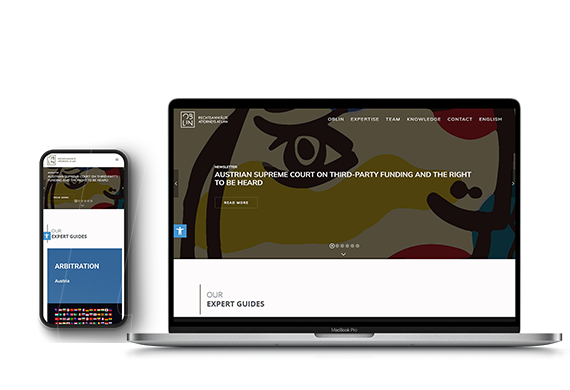
Aims to attract, engage, and retain clients by offering valuable content and building meaningful relationships over time.

A customer-centric approach that focuses on attracting potential clients by providing valuable and relevant content. Instead of actively reaching out to clients, law firms create and share informative content, such as blog posts, articles, and guides, that addresses the legal needs and questions of their target audience. The goal is to establish the law firm as a trusted authority in the legal field and to naturally draw in clients who are seeking specific legal information or services. Inbound marketing in the legal context often involves content creation, search engine optimization (SEO), social media engagement, and other strategies to generate interest and build relationships with potential clients.

Content Creation:
Search Engine Optimization (SEO):
Social Media Engagement:
Email Marketing:
Lead Magnets and Opt-ins:
Website and Landing Pages:
Marketing Automation:
Personalization:
Customer Relationship Management (CRM):
Analytics and Data Analysis:
Customer Delight:
Inbound Sales Practices:
